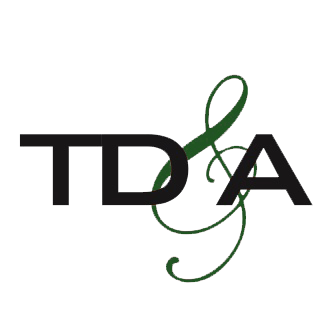The Basics of Asset Protection: Legal Ownership
When discussing asset protection, the most important consideration to think about is legal ownership. Why? Because when you have a creditor, the only things that creditors can take from you are things that you legally own.
What do you legally own? Anything that is in your name, of course, but also anything that is in the name of your living revocable trust. Some people are surprised to learn that business ownership is also an asset that creditors can take: membership, partnership, or stock is legally yours and therefore can be available to creditors. This means placing an asset in a corporate entity does not ensure it is unavailable to your creditors.
Companies were created to be legally separate from us; that is why, when you do business with a company, even a company that you are the sole owner of, you must use corporate formalities like contracts and promissory notes. However, companies are not the ultimate legal owners. All companies have owners: members, partners, or stockholders. Even if a corporation is owned by an LLC, which is owned by a partnership, which is owned by another partnership, ultimately the chain of title will end in one of two things: a human, or an irrevocable trust.
In our legal system, there are only two types of ultimate owners: no one owns a human, and no one owns an irrevocable trust. All other assets and entities are owned by something else. And if you own something, it can be taken from you. So to ensure that assets are protected, you must not be the ultimate legal owner of those assets.
This week’s post kicks off our new blog series, “The Basics of Asset Protection.” We will be discussing the ins and outs of what you need to know to secure all your hard-earned assets as well as the importance of having an attorney make sure all your ducks are in a row. Interested in working with us or finding out more? Give us a call and schedule your consultation today.

